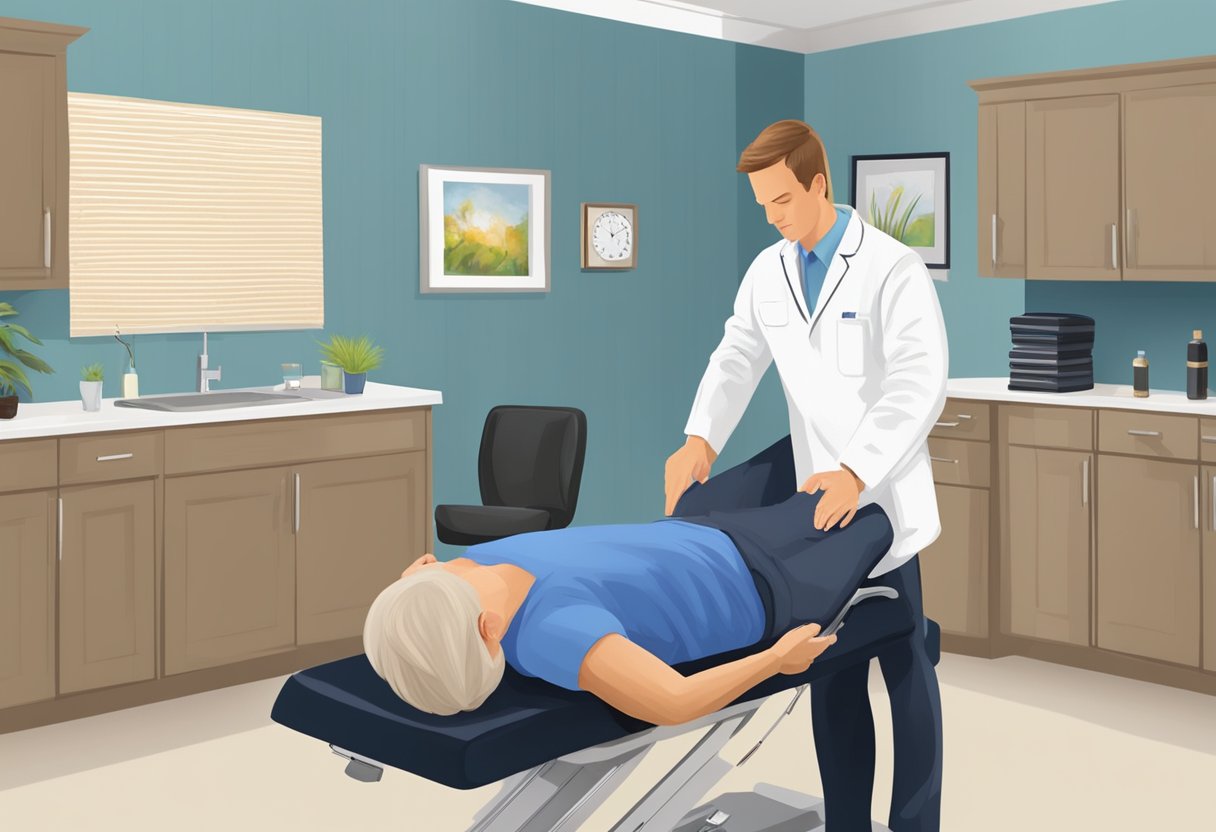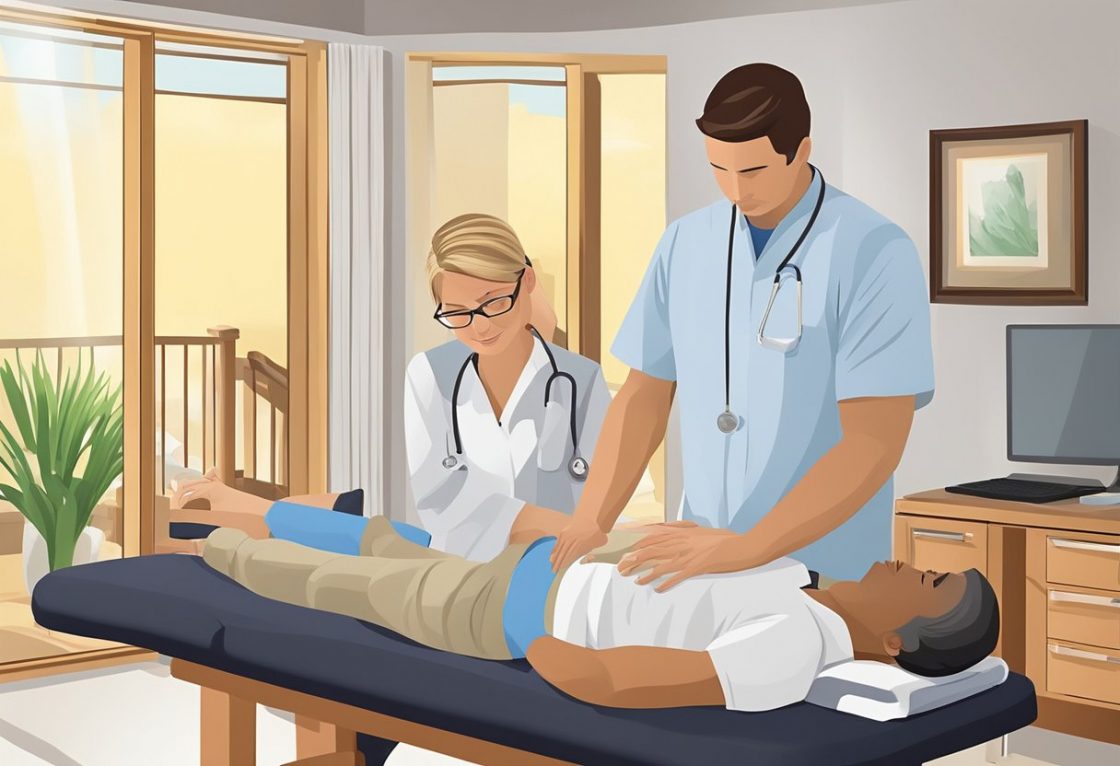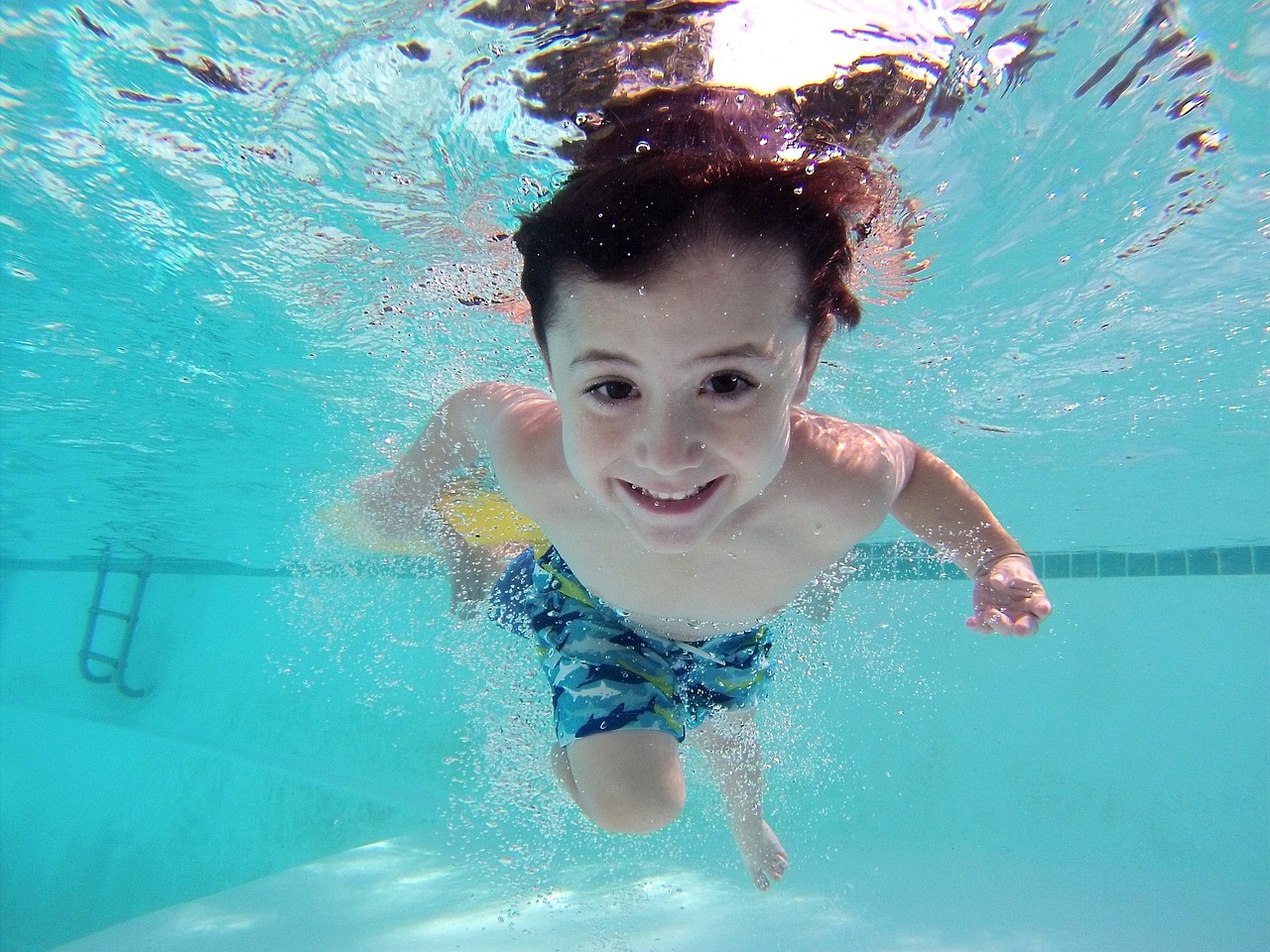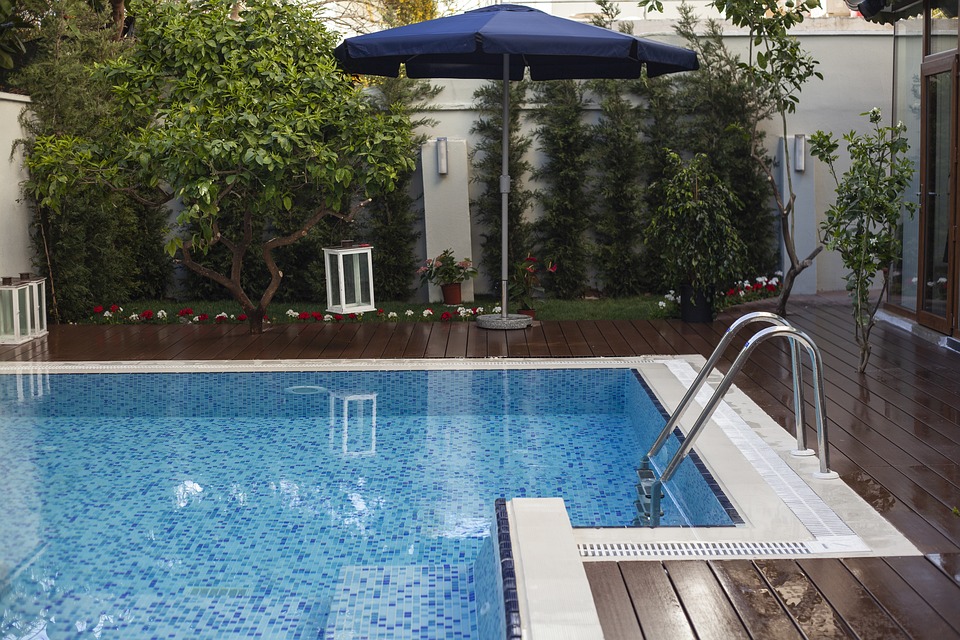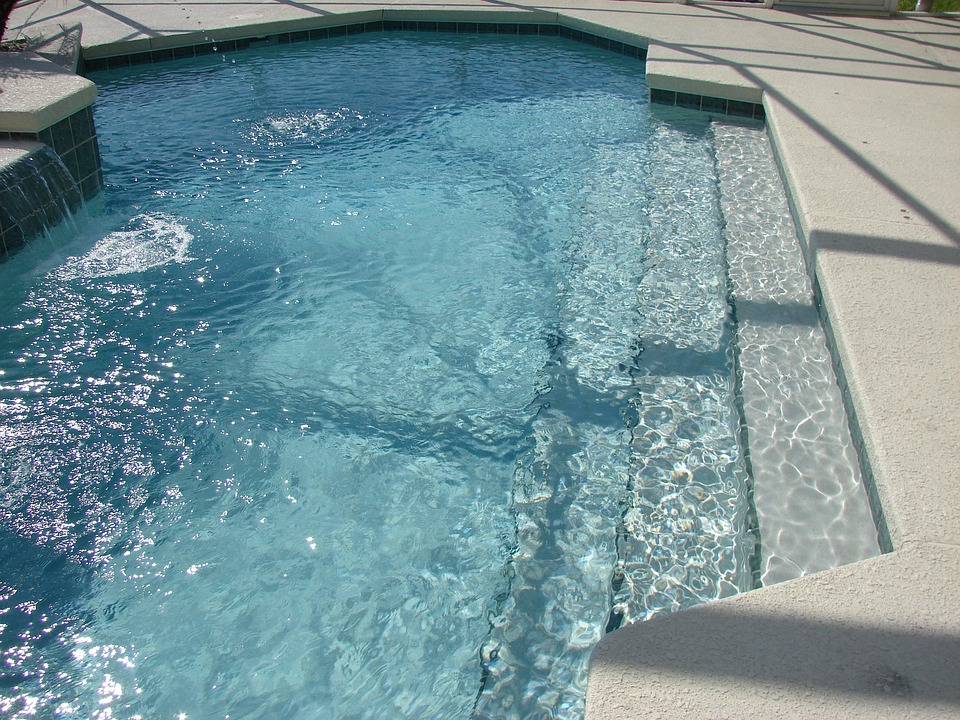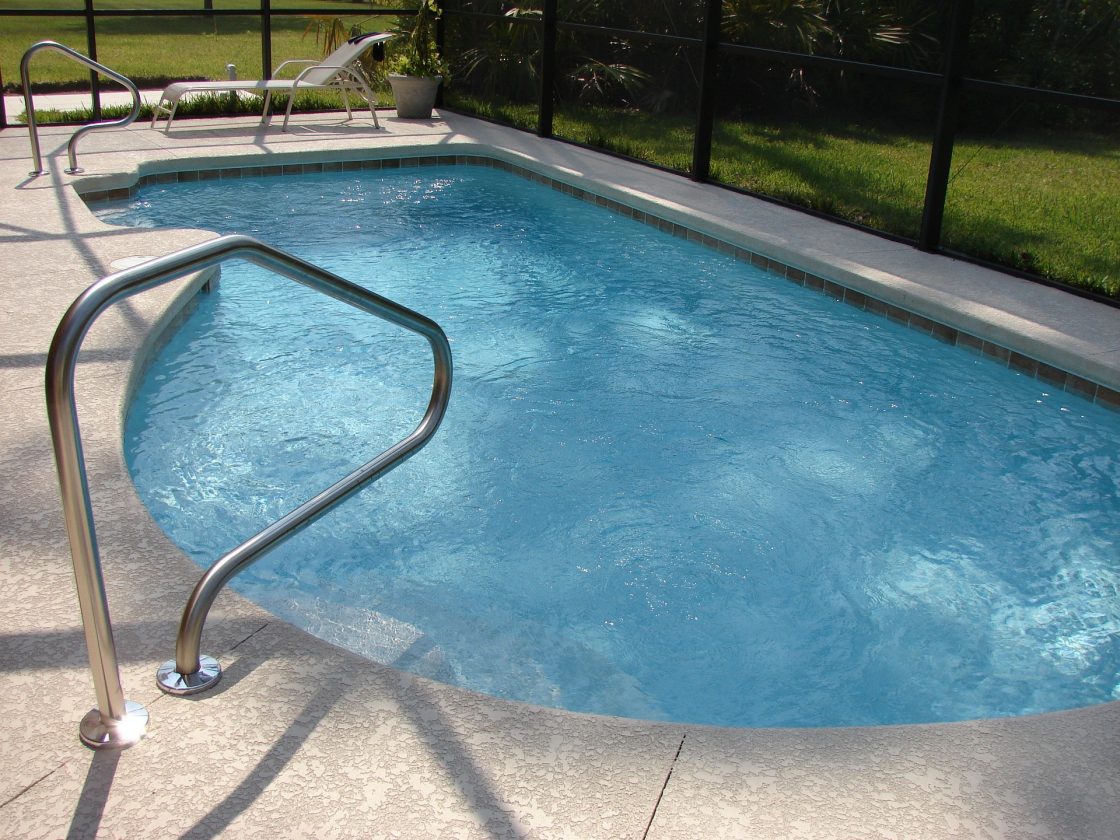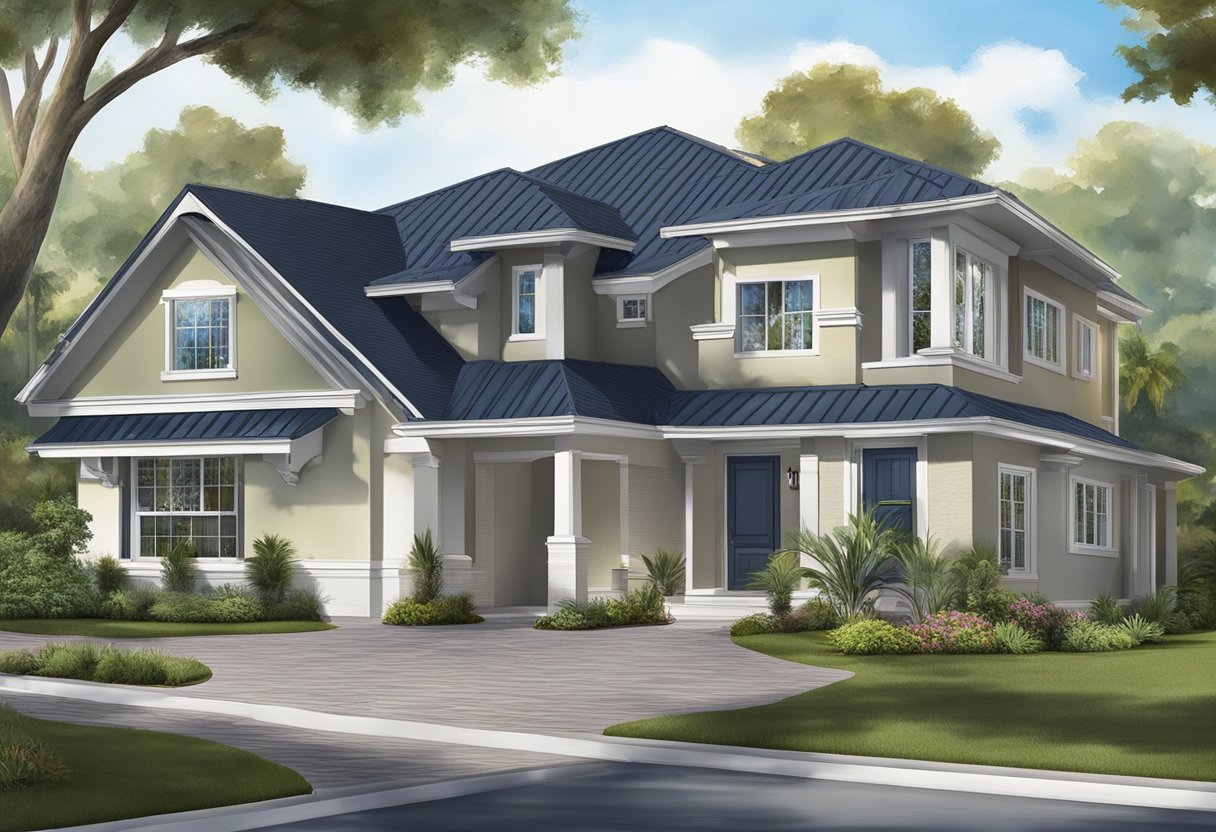29 Mar Aerial Surveillance Using Tethered Drones
Tethered drones, a subset of Unmanned Aerial Vehicles (UAVs), are gaining traction in various industries due to their unique ability to remain airborne for extended periods. Unlike their free-flying counterparts, tethered drones are physically connected to a ground station or vehicle by a cable, which provides continuous power and secure data transmission. This characteristic enables them to perform sustained monitoring and provide real-time information, making them ideal for applications requiring prolonged aerial surveillance and communication support.
These drones offer enhanced operational security and safety, as the tether prevents them from straying into unauthorized airspace and reduces the risk of loss or interference. The direct connection facilitates a high bandwidth for data transfer, ensuring immediate relay of video, thermal imaging, or sensor data to operators on the ground. Industries such as law enforcement, emergency response, and infrastructure inspection have rapidly incorporated tethered drones into their workflows.
Moreover, tethered drones can be equipped with various payloads and customized to meet specific mission requirements, leading to innovative uses in crowd control, traffic management, and broadcast media. The versatility and reliability of these systems position them at the forefront of advancements in aerial technology, providing a glimpse into a future where they become integral to the operations of numerous sectors.
Fundamentals of Tethered Drones
Tethered drones are aerial vehicles physically connected to a ground station or vehicle through a tether or cable. The cable serves multiple functions:
- Provides continuous power to the drone, allowing for prolonged flight times beyond what typical battery-powered drones can achieve.
- Enables a secure data link, facilitating real-time data transfer with minimal risk of interception or loss.
- Increases the safety and reliability of the drone by preventing flyaways and allowing for easier retrieval.
Power and Data Transmission
Tethered drones often use conductive wires within the tether to supply power. This constant power source mitigates the need for battery changes and charges, essential for extended operations. The tether’s data transmission capability provides a low-latency, high-bandwidth connection, essential for applications requiring instant data access.
Applications
They are common in:
- Surveillance: Providing a persistent overview of events.
- Communication: Acting as airborne antennas.
- Industrial Inspection: Allowing for persistent monitoring of facilities.
Operational Advantages
| Advantage | Description |
| Prolonged Endurance | Enables hours of continuous operation. |
| Secure Communication | Direct connection reduces the risk of signal hacking. |
| Weather Resilient Operations | Tethers can withstand varied weather conditions better than wireless controls. |
Limitations
While providing significant benefits, tethered drones also have limitations:
- Restricted movement: The tether length constricts operational range.
- Risk of entanglement: The tether could become entangled in structures or foliage, resulting in complications.
In sum, tethered drones offer unique capabilities suited for specific applications where endurance and secure communications are paramount.
Design and Engineering
In the field of tethered drones, design and engineering are critical for optimizing performance and functionality. These unmanned aerial systems rely on advanced engineering to achieve stable flight and robust operation under a variety of conditions.
Aerodynamics and Flight Control
A tethered drone’s flight stability and maneuverability are primarily governed by its aerodynamic design. The shape of the drone and its components are designed to reduce drag and enhance lift. For instance, the wings or rotors are engineered to provide adequate lift-force with minimal energy consumption. Flight control systems often include gyroscopes and accelerometers to maintain balance and support precise movements.
Tether Materials and Mechanics
The tether is a crucial component, typically made of materials that offer strength and flexibility, such as Kevlar or braided steel. It supports not only the physical constraint of the drone but also can serve as a conduit for power and data.
| Characteristics | Material Examples |
| High tensile strength | Braided steel, Kevlar |
| Flexibility | Polyethylene, Nylon |
| Resistance to weathering | Thermoplastic polyurethane (TPU) |
Power Systems and Supply
Tethered drones often utilize a ground-based power supply, allowing for extended operational periods compared to battery-powered drones. The tether thus acts as a continuous power delivery system, effectively eliminating the weight constraints of on-board batteries. This demands that power systems are designed for high efficiency and low resistance to optimize the power transmission over the tether.
Onboard Electronics and Payload
Drones are typically equipped with sensitive electronics that govern flight, navigation, and payload management. Onboard sensors might include GPS, compasses, and cameras, and the drone’s payload often determines its specific application, such as surveillance or weather monitoring. Therefore, the design of these systems is focused on reliability, compactness, and protection from environmental challenges.
- Electronics Components:
- GPS for navigation
- Sensors for environmental data
- Camera systems for surveillance
The engineering of tethered drones requires close attention to detail in order to ensure that each system functions together harmoniously and effectively.
Applications of Tethered Drones
Tethered drones, equipped with a physical cable for power and data transmission, have broad applications across various sectors. Their advantages include extended flight times and reliable data connectivity.
Surveillance and Monitoring
Tethered drones are extensively used for continuous surveillance and monitoring purposes. In urban environments, they serve law enforcement agencies by providing a persistent overview of large areas, which aids in crowd control and traffic monitoring. On borders, they act as a force multiplier, extending the reach of patrol units by watching over remote and inaccessible areas.
Communications and Broadcast
Tethered drones have become essential in establishing temporary communication networks. During disasters, they can quickly set up an elevated platform that restores critical communication channels. They are also employed at live events, facilitating live broadcasts by carrying antennas to high vantage points, thereby ensuring uninterrupted coverage.
Industrial Inspections
In the context of industrial inspections, these drones are particularly beneficial for examining infrastructure such as pipelines, power lines, and wind turbines. Their stable positioning allows for high-quality imagery, which is crucial in assessing the integrity of such structures and pinpointing maintenance needs without human risk.
Event Coverage and Entertainment
The entertainment industry uses tethered drones for dynamic event coverage. Drones capture aerial footage or provide unique lighting effects at concerts and sports events. The tether ensures safety and compliance with regulations, as well as a steady power supply for uninterrupted operation throughout an event.
Regulations and Safety
Tethered drones are subject to specific regulations and safety guidelines aimed at ensuring safe operations, protecting privacy, and maintaining ethical standards.
Flight Regulations
Flight operations for tethered drones are constrained by airspace regulations to ensure safety and coordination within the national airspace. In the United States, the Federal Aviation Administration (FAA) requires:
- Registration: Tethered drones exceeding a certain weight must be registered.
- Altitude Restrictions: Typically, these drones are restricted to a maximum altitude of 400 feet above ground level to avoid interference with manned aircraft.
Operational Safety Guidelines
It is crucial for operators to adhere to safety guidelines to prevent accidents and ensure the well-being of both operators and bystanders:
- Inspection: Regular inspection of the tethering mechanism and drone components.
- Weather Conditions: Operations should only be conducted in suitable weather conditions to avoid potential hazards.
Privacy and Ethical Considerations
Given their potential for surveillance, tethered drones come with privacy and ethical implications:
- Data Handling: Policies must be in place for the handling and storage of any collected data, ensuring it respects individuals’ privacy rights.
- Purpose of Use: Drones should be deployed for legitimate purposes, avoiding any actions that could infringe on privacy or be deemed unethical.
Certifications and Standards
Compliance with certifications and industry standards is fundamental to validate the safety and reliability of tethered drones:
- FAA Certification: Some tethered drone systems may require FAA certification for operation.
- Industry Standards: Adherence to standards such as ANSI or ISO can be indicators of quality and reliability.
Technological Advancements
In the realm of tethered drones, significant strides have been made to enhance their performance and capabilities. This section will focus on the core technological advancements in autonomous operation, tether management, battery technology, and material design.
Autonomous Operation Technologies
Tethered drones now incorporate autonomous flight systems, enabling them to execute complex tasks with minimal human intervention. They can self-adjust to maintain stable positioning and altitude, which is crucial for persistent aerial surveillance and data acquisition.
Tether Management Systems
Tether management systems have evolved to manage the physical link between the drone and its ground station effectively. These systems automatically adjust the tether tension and prevent entanglements, allowing drones to operate more safely and efficiently in diverse environments.
Battery and Energy Innovations
Battery technology and energy systems have seen substantial progress, resulting in increased flight duration and payload capacity. Innovations include lightweight, high-capacity batteries and power management systems that ensure energy is distributed optimally throughout the drone’s operation.
Advanced Materials and Design
The use of advanced materials such as carbon fiber composites has significantly reduced the weight and increased the strength of drones. Design improvements allow for greater aerodynamic efficiency and weather resistance, broadening the range of conditions in which tethered drones can operate.
Market and Industry Analysis
The tethered drone industry is witnessing significant evolution with a focus on enhanced capabilities and expanded use cases. This section explores current market dynamics, identifies key industry stakeholders, assesses potential growth opportunities, and discusses the challenges that stakeholders may face.
Market Trends
The tethered drone market is experiencing a strong push toward longer endurance and increased payload capacity. These systems are increasingly used for persistent aerial surveillance, telecommunications, and atmospheric research. Major trends include:
- Adoption in urban environments for event monitoring and law enforcement.
- Increased use in disaster management for real-time data acquisition.
Key Players and Innovators
The landscape consists of established defense contractors, as well as emerging tech companies specializing in UAV or drone operations. Noteworthy companies include:
Unmanned Systems and Solutions: Are leaders in tethered UAV platforms.
Hoverfly Technologies: Known for high-endurance tethered drones.
Future Growth Opportunities
Growth is anticipated in several sectors, which include:
- Commercial Sector: Expansion is expected in industrial inspections and agricultural monitoring.
- Public Safety: Use in crowd control and first-responder applications is likely to increase.


